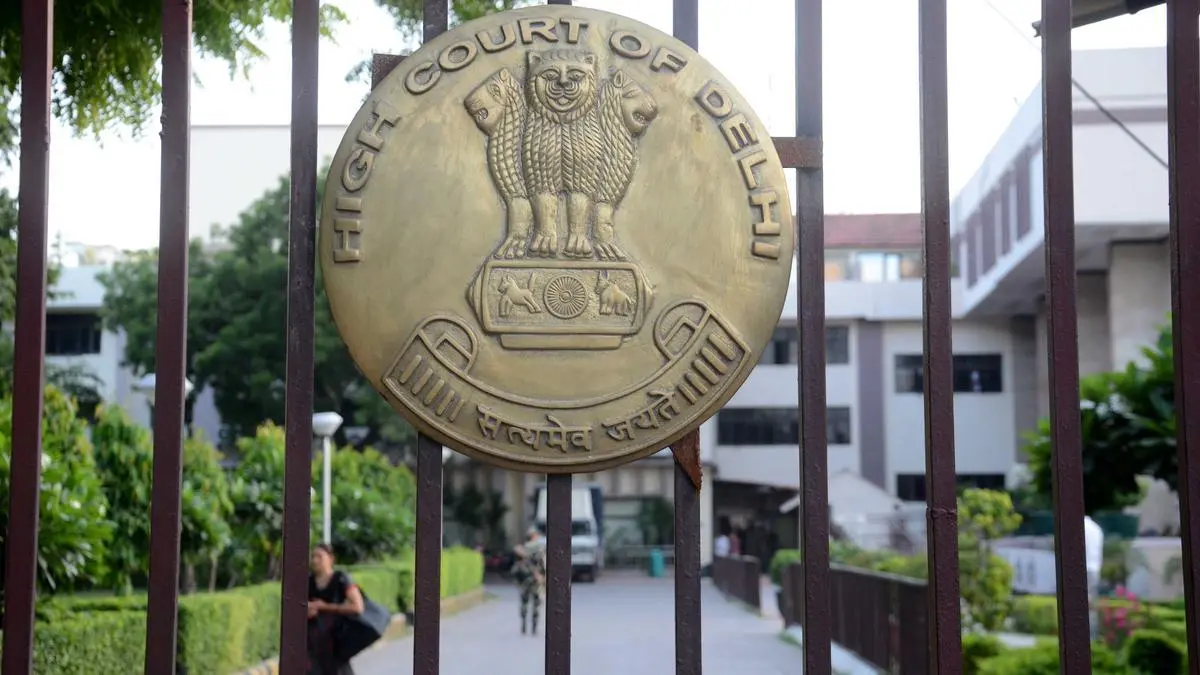24 December 2024, 1: 28 PM Delhi HC has issued a notice regarding the bail plea filed by Tahir Hussain, a leader from the All India Majlis-e-Ittehad-ul-Muslimeen (AIMIM).
Hussain is an accused in the high-profile murder case of Intelligence Bureau (IB) officer Ankit Sharma, which occurred during the Delhi riots in 2020.
The case has drawn significant public and media attention due to its political and communal undertones.
The bail plea argues that Hussain has been falsely implicated in the case, maintaining that there is insufficient evidence to justify his continued incarceration.
His legal team has highlighted alleged inconsistencies in witness statements and called for a fair examination of the evidence presented.
Role of Delhi HC in the Case
The Delhi HC’s decision to take up the matter is a pivotal step, as it could influence the broader narrative surrounding the riots and their aftermath.
By issuing a notice, the court has ensured that all parties, including the prosecution, are given an opportunity to present their arguments comprehensively.
The case has far-reaching implications, as it touches upon critical issues such as communal violence, accountability, and the role of political figures in such incidents.
The Delhi HC’s verdict on the bail plea will not only impact Hussain but also set a precedent for similar cases in the future.
Reactions and Public Opinion
The case has sparked strong reactions from both sides of the political spectrum.
Supporters of Hussain argue that the charges against him are politically motivated, while others believe his release on bail could undermine justice for the Sharma family.
Platforms like NewShots have been actively covering the developments, providing detailed updates and expert analyses on the case’s progression.
Such coverage has been instrumental in keeping the public informed about the judicial process.
What’s Next?
As the Delhi HC deliberates on the matter, all eyes are on its next steps. A decision to grant or deny bail to Tahir Hussain will undoubtedly have a significant impact on the legal and political landscape.
For now, the case remains a focal point in the ongoing dialogue about justice and communal harmony in India.




